Heeeyho Readers! Excited to see our plants grow!
Gibbe a lemonade! Our lemon trees are far from bearing fruits, but I can already dream of lemonade on a sunny summer day, after busting mah butt cycling.
I'm impressed by how the fruit trees have grown since I last came to the ranch. Same for the vegetables in the little garden we have outside the house. It looks like we are on track to a more sustainable property and to a whole new series of posts in this blog (If I don't take off on a new adventure). Anyways.
This is my first — of many, if we continue evolving the ranch — #gardenjournal. It's a shame I have waited so long to explore this aspect of life. In Brazil, for whatever reason, gardening is not incentivized in the school other than showing kids how a bean grows on stupid cotton. We don't have garden plots for rent either, as I saw in London, during the first month at an incredible family's house.
Although I grew up around my grandparents' gardens, I've never developed the culture of appreciating gardening. It wasn't until I realized how we can cut our living expenses to the bare minimum that my interest sparkled.
I'm obviously a garden newbie and have yet to learn the art super-sexy-o-mama cultivating plus a bunch of new English words.
In this Hive Garden Journal, I'd like to share what we've got so far and what lays in the future of our ranch. I hope you enjoy.
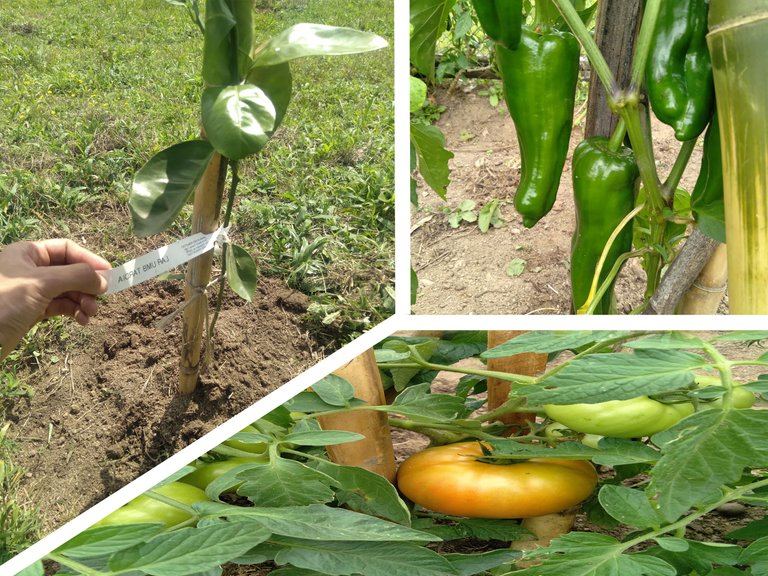
As mentioned in my previous Off to the Ranch posts, Dad planted dozens of fruit trees on the plot outside the house. We have navel oranges, lemon, peach, plum, tangerine, fig, quince, and vine. Dad says we'll have lemons next year. I doubt. He insists. We fight. Life goes on.
Our garden is modest compared to the awesome ones shared in the community. We plan to cultivate a bigger one, similar to what we had on the old ranch, which had pumpkins, watermelons, melons, etc. I also want to build a greenhouse to cultivate strawberries year long.
Since we haven't had the time to approach that yet, let me share what we have so far.
Observation: I don't know the names in English, so, if I wrongly name something, drop a message in the comments correcting me.
Is this mint?
In Portuguese, we call this Hortelã. There's always confusion whether it's Hortelã or Menta; I couldn't find the distinction in English. I know we have both Menta and Hortelã (as named in Portuguese), and they smell pretty similar. Last weekend we prepared these three cuttings (is it how it's called?) to give away to friends — they seem to spread incredibly fast in the garden.
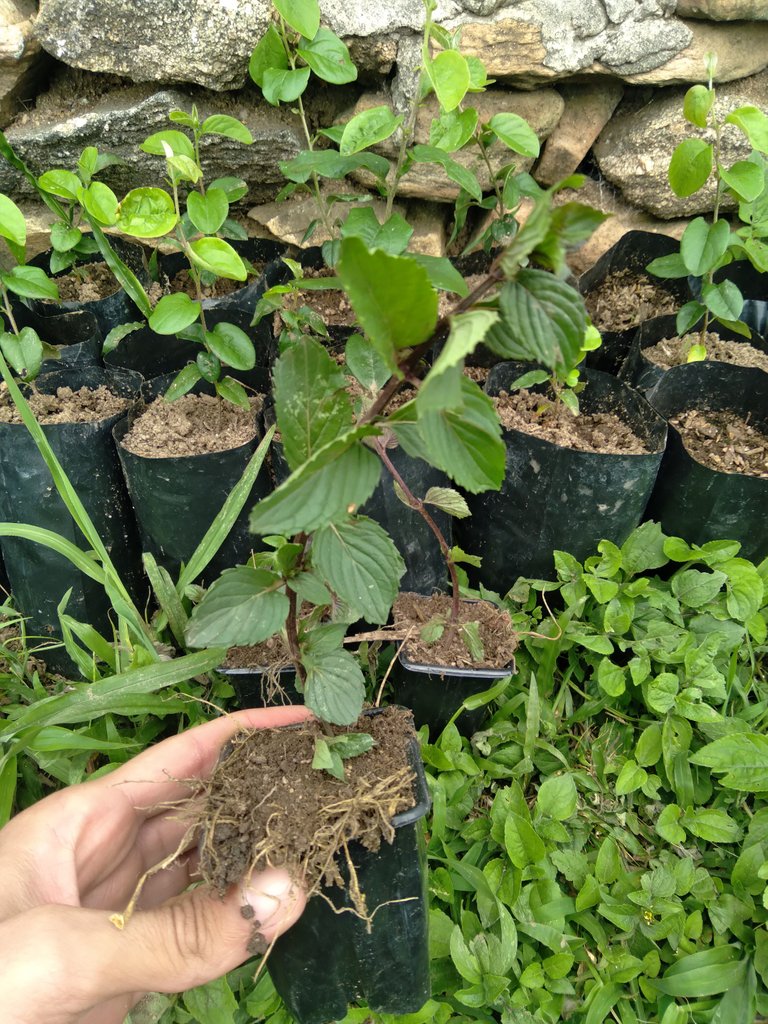
Expanding my vocabulary is the cool aspect of embarking on this world of cultivating. I'm reading several websites as I post these pictures to find the names and learn about the plants. I've always been a fan of natural teas during the winter and automatically know which ones I should take when my guts are not working properly (or when I drink too much the night before.) However, knowing their uses more in-depth and learning to identify each plant in nature would certainly come in handy during my camping adventures. I.e. when I got sick in whales and didn't know how to collect natural herbs when I thought I had seen them.
Here's an overview of our garden in terms of medicinal herbs or tea herbs as we call it. Modest still, but useful.
Oukey. Here's my best to translate the names.
- Portuguese = English
- Hortelã = Mint
- Alecrim = Rosemary
- Catinga de mulata = ?
- Funcho = Fennel
- Menta = Mint (other species?)
To be honest, I'll have to retrieve from my brother's house an old book grandma gave us about natural herbs, because, as you can see, I'm terrible with names.
Drop a comment down bellow if you identify something!
Tomatoes, collard greens and green pepper
I hate tomatoes. Unless used in pasta sauce or any other sauce, I just can't stand the taste of tomatoes. Still, our garden has tomatoes; they are growing nicely, and the best part is they are 100% pesticide-free. I might even try to eat tomatoes under that circumstance because tomatoes from the supermarket are just no no.
The collard greens and green pepper are also growing nicely. What I like about having collard greens in the garden is that I can eat whatever amount desired (in the supermarket I have to buy a whole bunch). I want to cultivate broccoli and sweet potatoes too, but for that, we'll need more space.
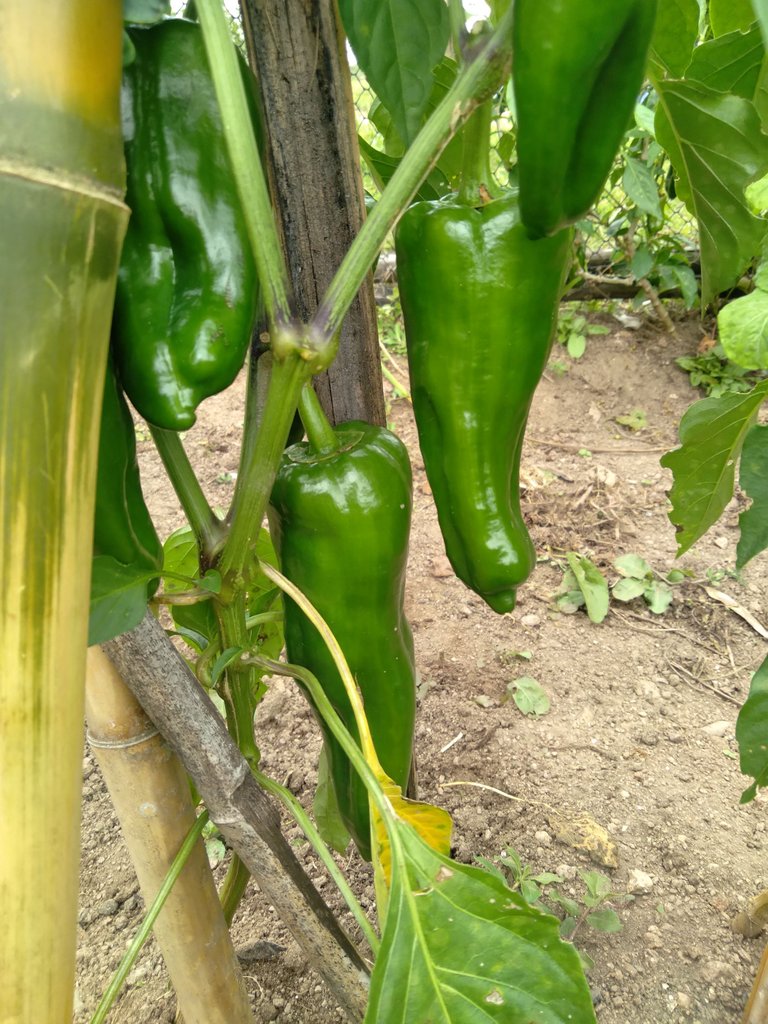
For people used to gardening, ours might look basic, but I feel happy whenever I go to the ranch and there's new stuff growing. I had a headache just the other day, so we collected some herbs, put on hot water, and done... problem solved.
I wish Brazilian elementary schools taught gardening. It's a great way for kids to have fun while learning something useful. And not only that, they learn that food doesn't land on their plate magically.
I hope you have enjoyed this little post, and if you have tips for a beginner, don't forget to drop them in the comments.
Peace.
Did you know that I have a book out? Check this!
Access Link: https://www.amazon.com/dp/6500272773?
If you enjoyed this post consider leaving your upvote for a hot coffee.
Find me on Twitter: https://twitter.com/mrprofessor_
~Love ya all,

Disclaimer: The author of this post is a convict broke backpacker, who has travelled more than 10.000 km hitchhiking and more than 5.000 km cycling. Following him may cause severe problems of wanderlust and inquietud. You've been warned.

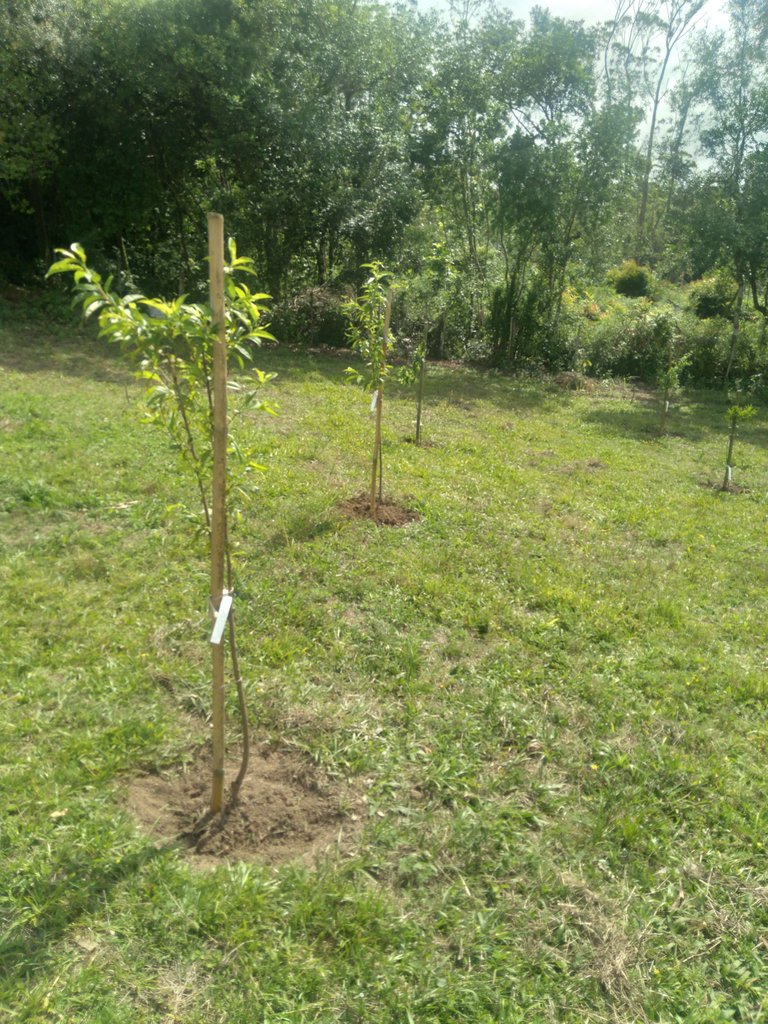
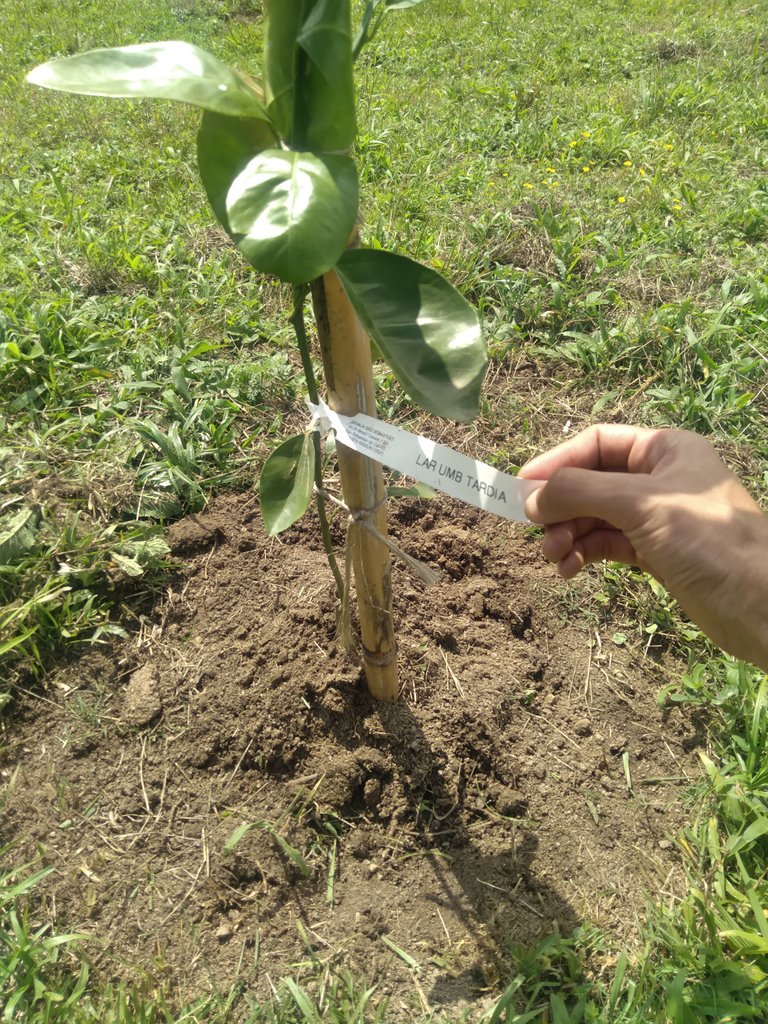
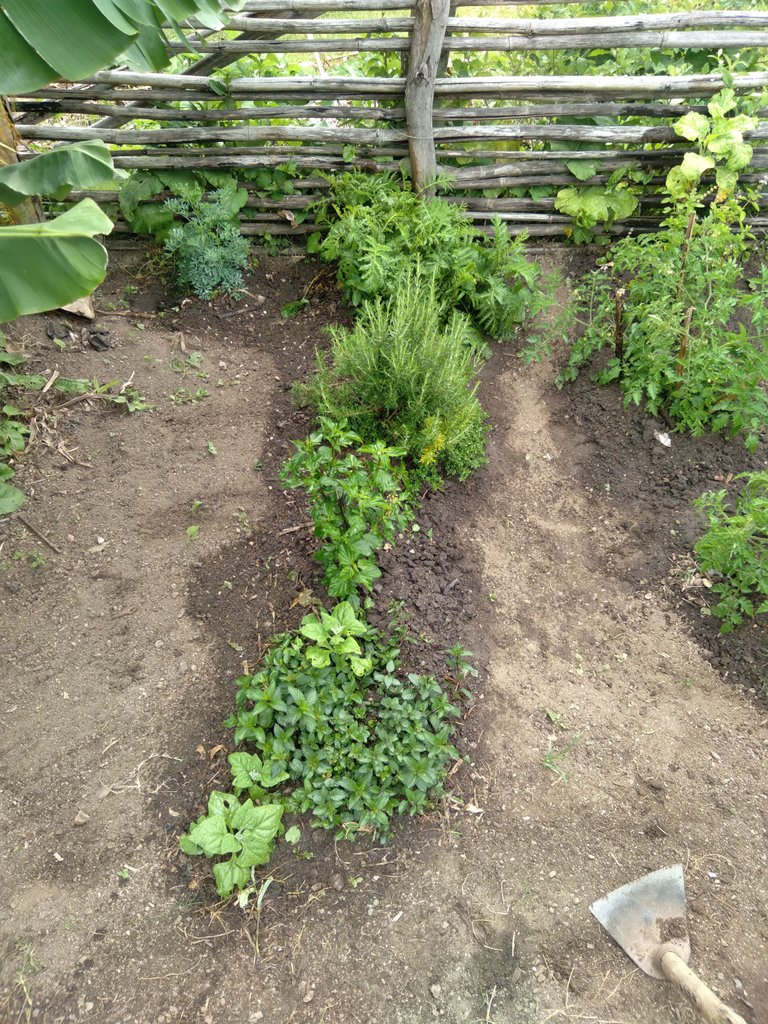
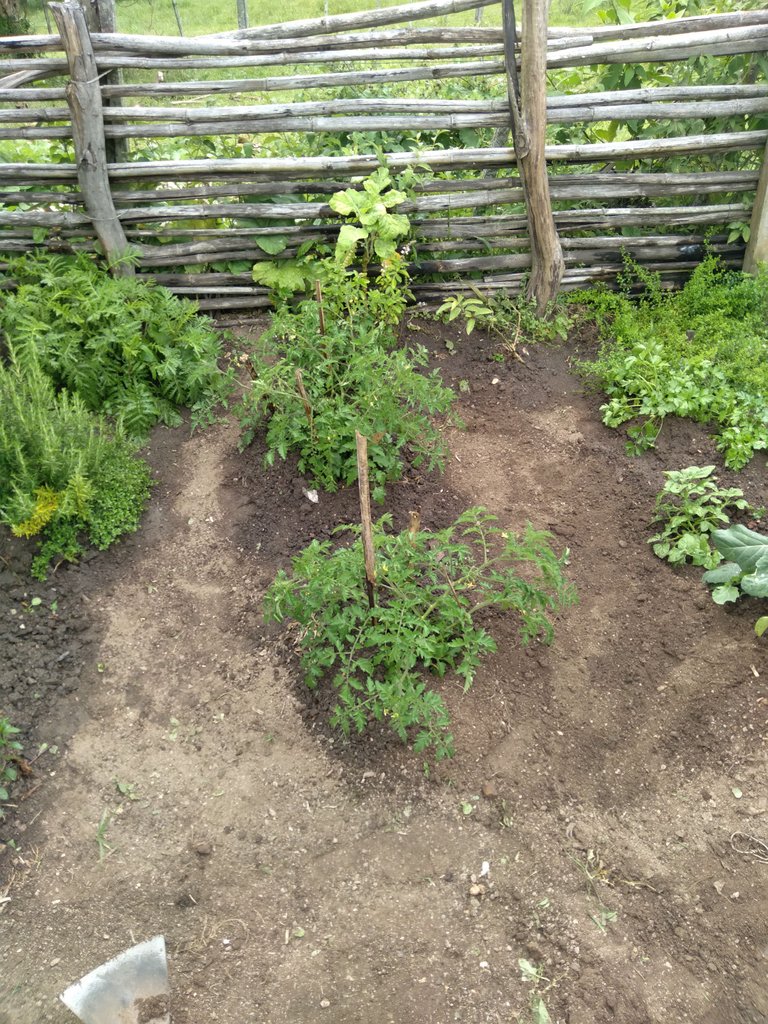
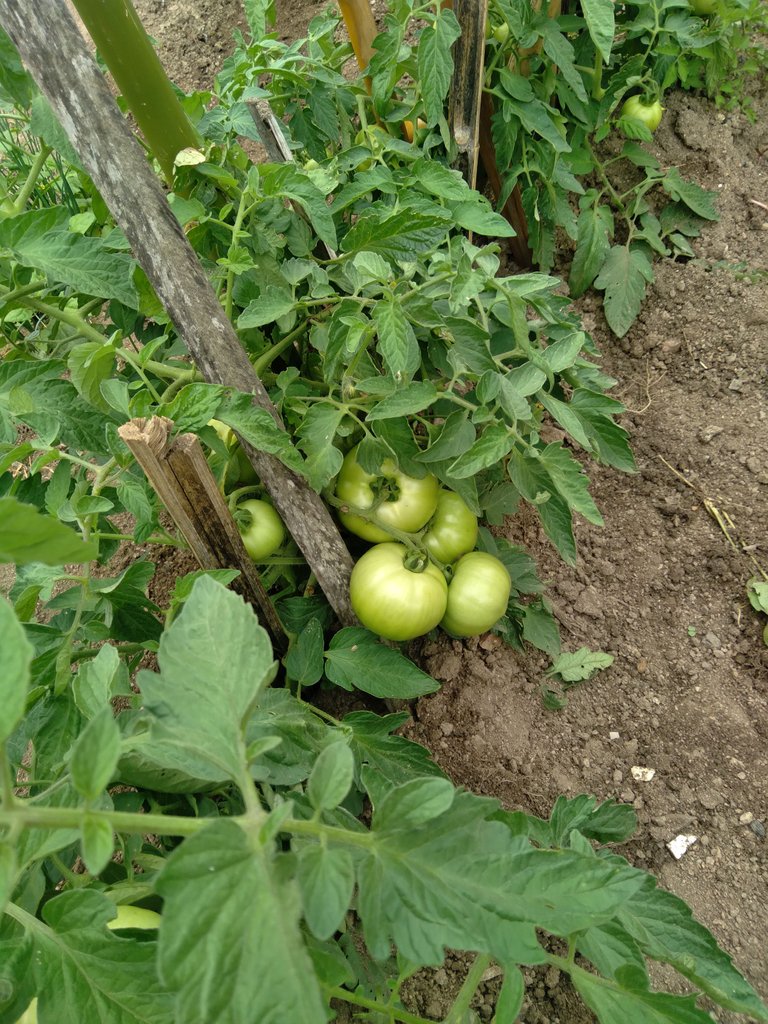
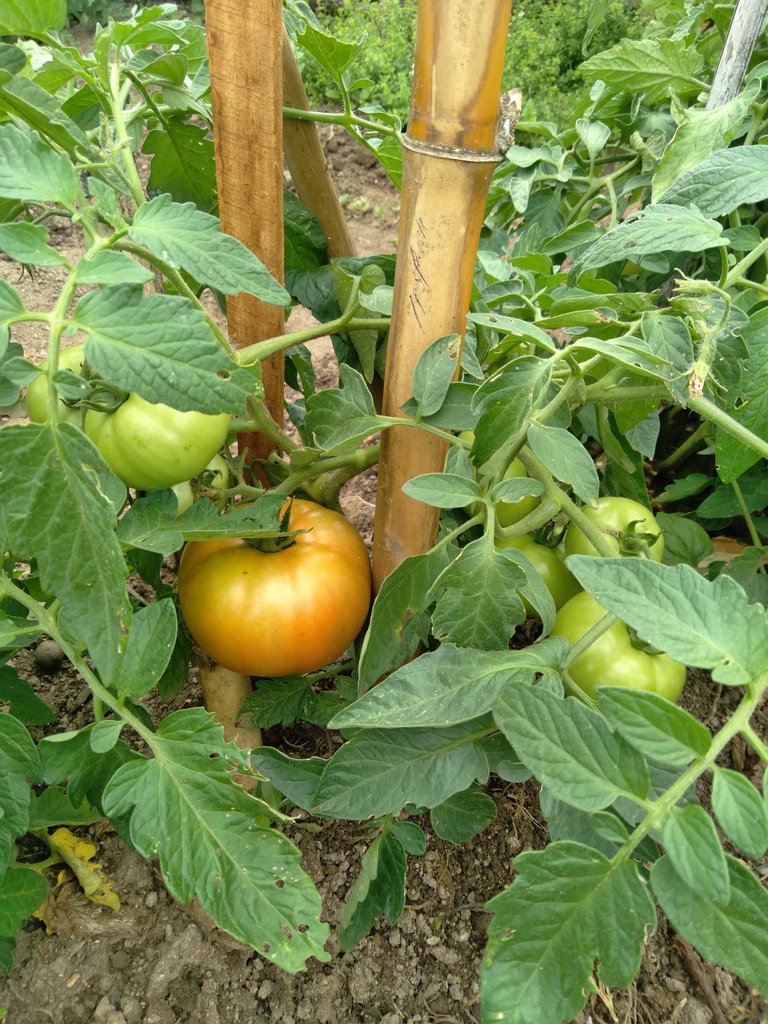
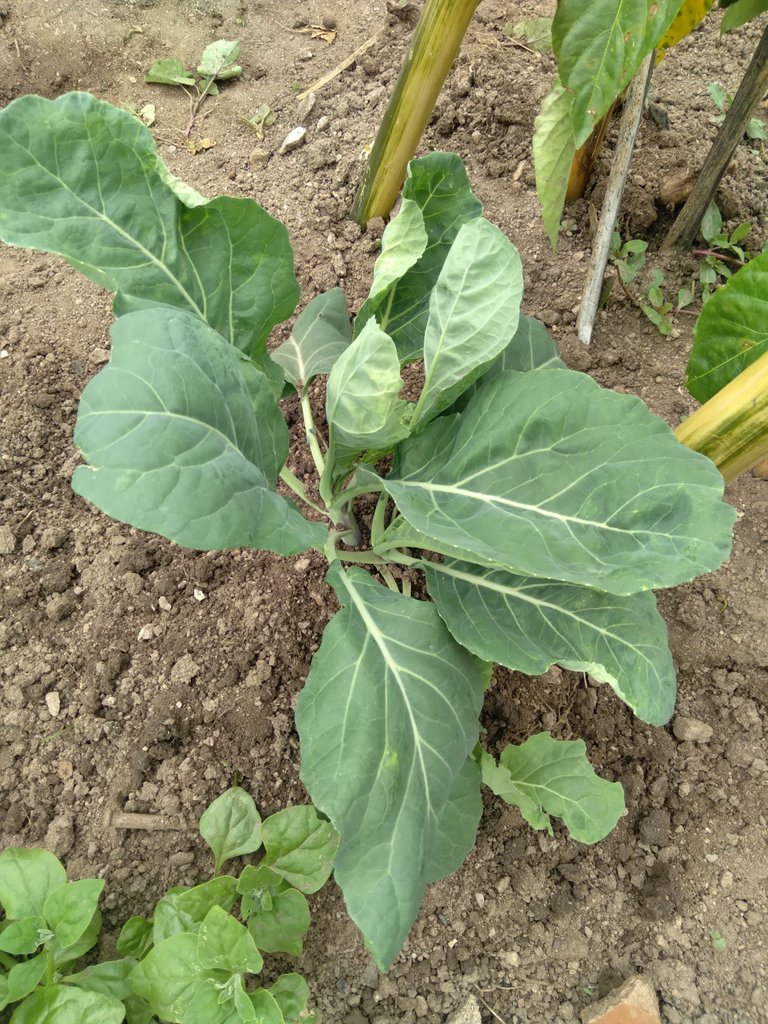

That´s interesting. Some of the fruit trees you mentioned are grown in my country too but others can only be grown in the tropics or subtropics. How cold are winters in your region? Never freezing?
It's never freezing (if you mean snow). We can get down to zero for a couple days during the whole winter, but generally around +10 celcius. Our summers are hellish hot though. My guess is that you guys don't have bananas, for example.
Right, we don´t grow bananas here in Central Europe. Out of the fruits you mentioned, we also cannot grow oranges, lemons, tangerines and figs. Not sure about quince. We do grow peaches, plums and vines. Basically, we can grow only those plants / trees that can survive the freezing winter or can be planted again every year in spring :)
No tangerines? That's weird, because tangerines generally appear during our winter. I guess the snow won't allow for it in europe. Also vines are super sensitive to freezing winter.
Awesome to see you getting into gardening life. You are so lucky that your father has that place. It's a good life! Very rewarding. Enjoyed this post.
Yeeees, quality of life is awesome. I like to see how the garden is different every time I go there. We get to see things growing, slowly, they don't magically appear in our plate.
thanks for the comment ^~
Ah, by the way you've got a great deal in inspiring me in this new journey, wanted to tell you that ^~
The rewards earned on this comment will go directly to the person sharing the post on Twitter as long as they are registered with @poshtoken. Sign up at https://hiveposh.com.